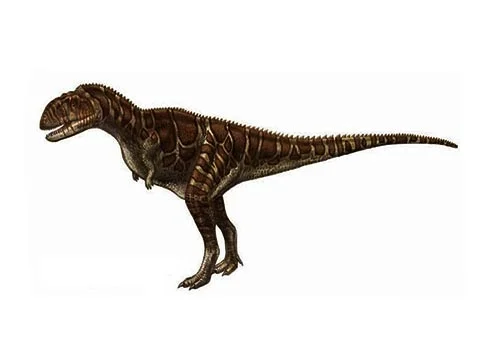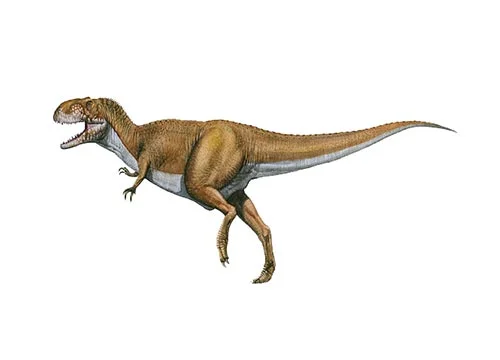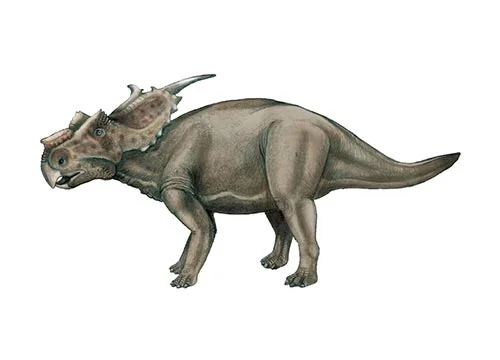Indosuchus (Indian crocodile)

In-do-soo-kus
Charles Alfred Matley & Friedrich von Huene - 1933
Carnivore
Estimated 6-7 meters long
Large Theropod
I. raptorius (type)
India - Lameta Formation
Late Cretaceous, 70 million years ago
Indosuchus Facts
Indosuchus is an extinct genus of crocodyliform, which lived during the Late Cretaceous period, about 70 million years ago. The name Indosuchus means “Indian crocodile” and it was named after the country where it was first discovered, India.
Indosuchus was a large predator, with a long, narrow snout and large, serrated teeth that were adapted for slicing through flesh. It is thought to have been an ambush predator, waiting for its prey to come close before attacking with a quick and powerful strike.
One of the most distinctive features of Indosuchus was its skull. It had a large, bony crest on the top of its skull, which may have been used to attract mates or intimidate rivals. This crest was also thought to have played a role in regulating body temperature, much like the frills of some ceratopsian dinosaurs.
Indosuchus is known from several partial skeletons found in the Lameta Formation of India. These fossils have helped paleontologists to understand the evolution of crocodyliforms and their relationship to other archosaurs, such as dinosaurs and birds.



